How do you grow seaweed away from the ocean?
It has been over 18 months since we first discussed the idea of growing the climate change fighting Asparagopsis seaweed at our farm site at Waikerie, some 150kms from the nearest ocean. Since that first meeting with Adam Main the General Manager of CH4 South Australia we have been working hand in hand with CH4 on how to turn fish waste into food for seaweed growth.
We see this as an opportunity to not only produce fresh fish for the local and interstate market, but to use the waste from our OZRAS fish system to produce another valuable product, the Asparagopsis seaweed. The seaweed will then be further processed by CH4 into an targeted supplement formulation , when fed to livestock, will help to reduce their methane gas emissions. Agriculture contributes around 13% of Australia’s greenhouse gas emissions each year, and almost half of those emissions are methane.
Together the OZRAS and CH4 teams have examined how Asparagopsis seaweed grows in our oceans, and how can we replicate this process 150kms away from it. A-Culture’s vision is to develop a sustainable marine fin fish industry on land, using a modular recirculating aquaculture system called OZRAS. The OZRAS System’s unique modular design solves many of the major issues other land based aquaculture systems face. It is affordable to construct, and operates at low energy levels which will enable it to be run off the grid using a solar and battery system supplied by G10 partner, Westside Group.
But all those growing fish produce waste, and rather than treat this waste as a problem to be managed, A-Culture saw it had potential as a nutrient stream for growing seaweed – replicating the natural food web we see in our oceans. With the assistance from G10 partner Baleen Filters, we will be able to refine our fish waste water to ensure it has the right mix of nutrients to feed to the seaweed.
We can also replicate tidal movement as we introduce the enriched waste water into the seaweed raceways, thanks to a water storage and distribution system developed with G10 member AQUAMATE. The seaweed is gown in mesh, supplied by G10 partner SEAPA, which is then attached to a securing grid structure. This mesh allows the seaweed to be consistently exposed to our enriched waste water from the OZRAS aquaculture system.
Natural sun light will be replicated with LED lighting. However, unlike sunlight, we can control the lighting levels to get a more consistent growth cycle, enabling A-Culture to produce Asparagopsis seaweed throughout year. Water will then be circulated back out of the seaweed growth raceways and into the OZRAS fish tanks, using the SEAREN Vacuum AirLift (VAL) system.
Harvesting the seaweed also poses a challenge. How do you remove some of the plant without destroying it? The A-Culture team came up with a simple yet innovative approach. When the raceways are at low tide, a spike roller passes over the seaweed along the raceway prodding parts of the seaweed loose. When the raceways are next flooded by a tide of nutrient rich water, the loosed seaweed will float down the raceways naturally, just like it does with the tides in the ocean. Once the VAL system has completed its extraction of the water, the loosed seaweed will settle in our harvesting area at the end of the seaweed raceways. By harvesting regularly in this way we can ensure a constant supply of Asparagopsis seaweed, to CH4 for processing.
Our OZRAS System also has the potential to be used to grow different species of fish and seaweed depending on local water conditions. Where the ground water is cooler, we could grow salmon, or in warmer water we could grow fish such as grouper. The modular nature of
the OZRAS system means it is an obvious choice for anyone looking to develop new markets, both here in Australia and globally.
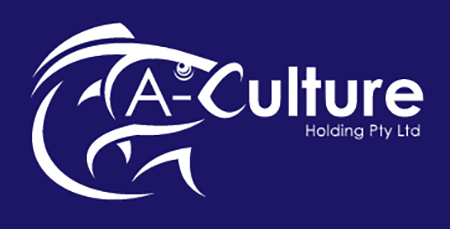
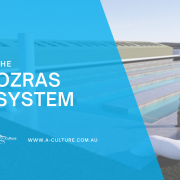
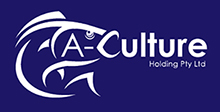
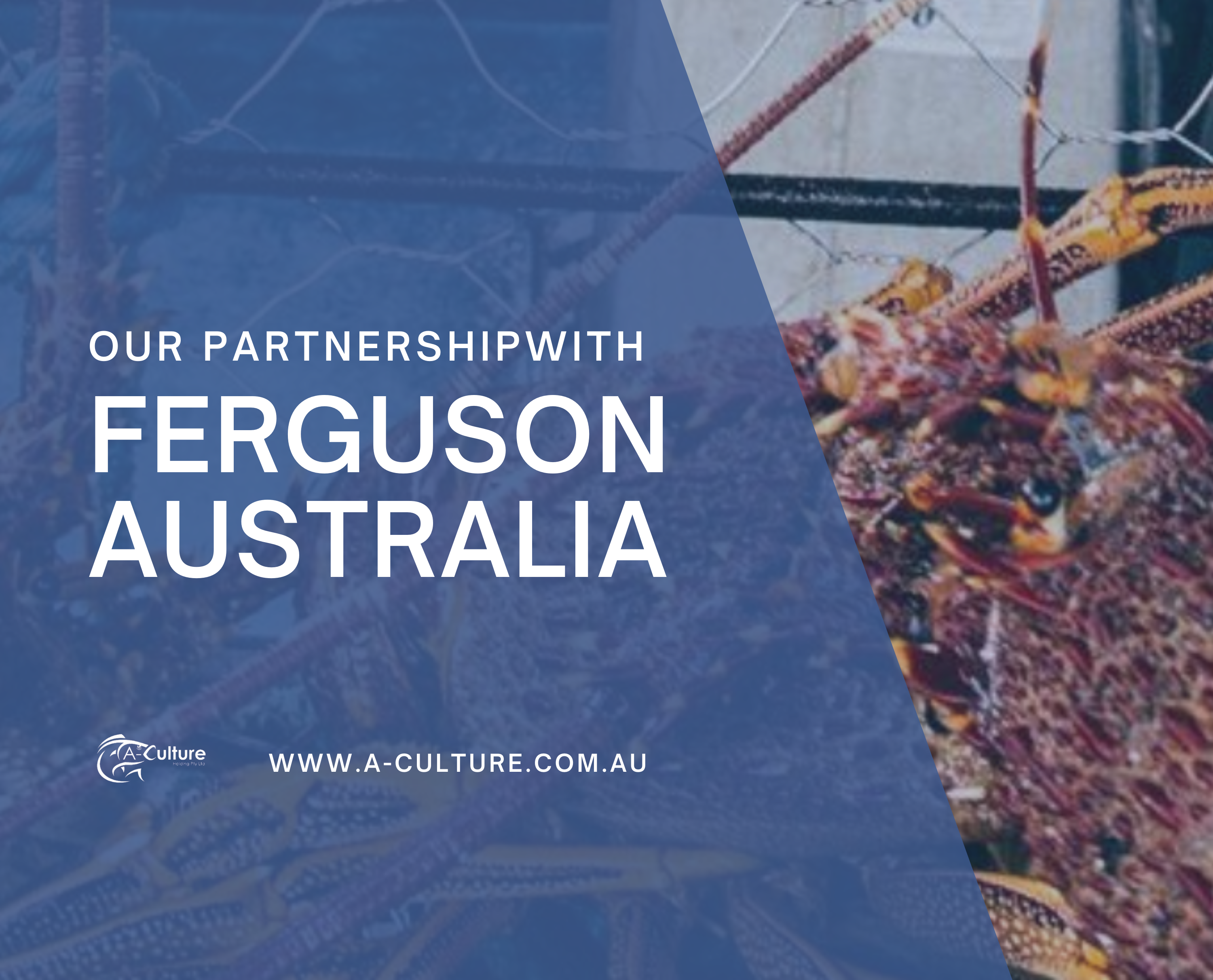
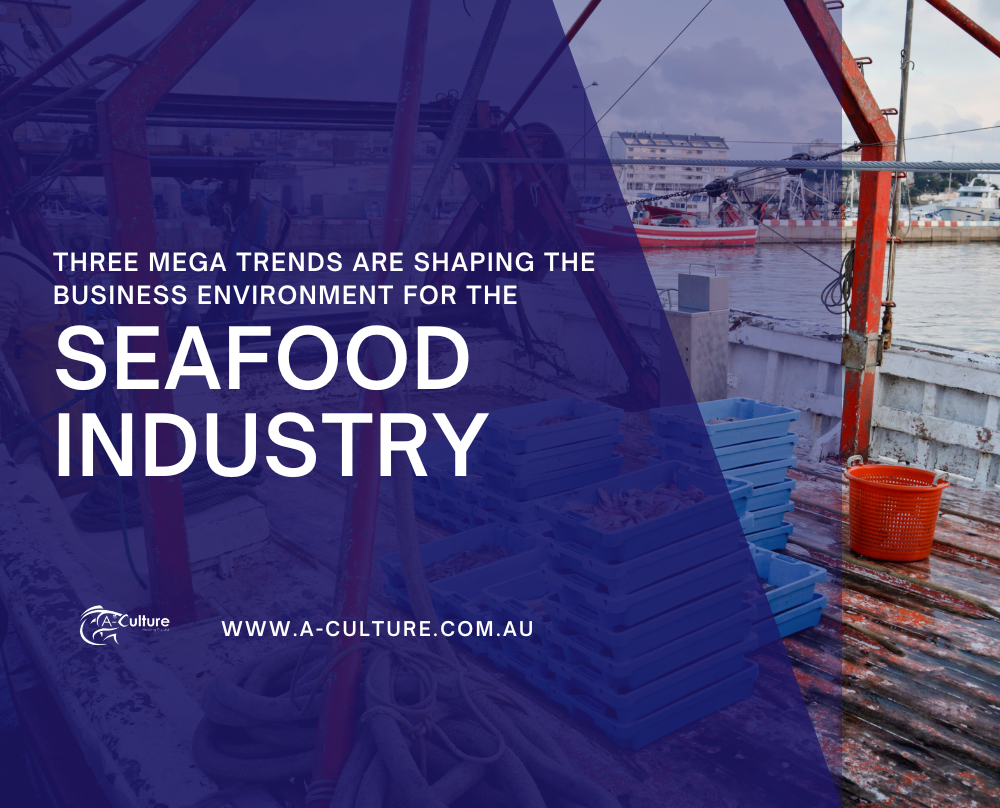
Trackbacks & Pingbacks
how to order itraconazole buy online usa
ordering itraconazole buy in australia
buying fildena france where to buy
how to buy fildena generic release date
medicament kamagra medicament
comprar kamagra generico
kamagra léková interakce
kamagra rychlé dodání
how to order gabapentin australia to buy
purchase gabapentin online no rx
buying flexeril cyclobenzaprine ireland over the counter
how to buy flexeril cyclobenzaprine generic medications
dutasteride saturday delivery
get dutasteride buy online canada
purchase avodart generic drug
cheap avodart generic low price
get staxyn using mastercard
buy staxyn generic form
Buy perscription xifaxan online
get xifaxan generic switzerland
canadian pharmacy rifaximin
cheap rifaximin purchase generic
cheap enclomiphene generic where to buy
how to order enclomiphene cheap where
ordering androxal uk cheapest
buying androxal retail price
Comments are closed.